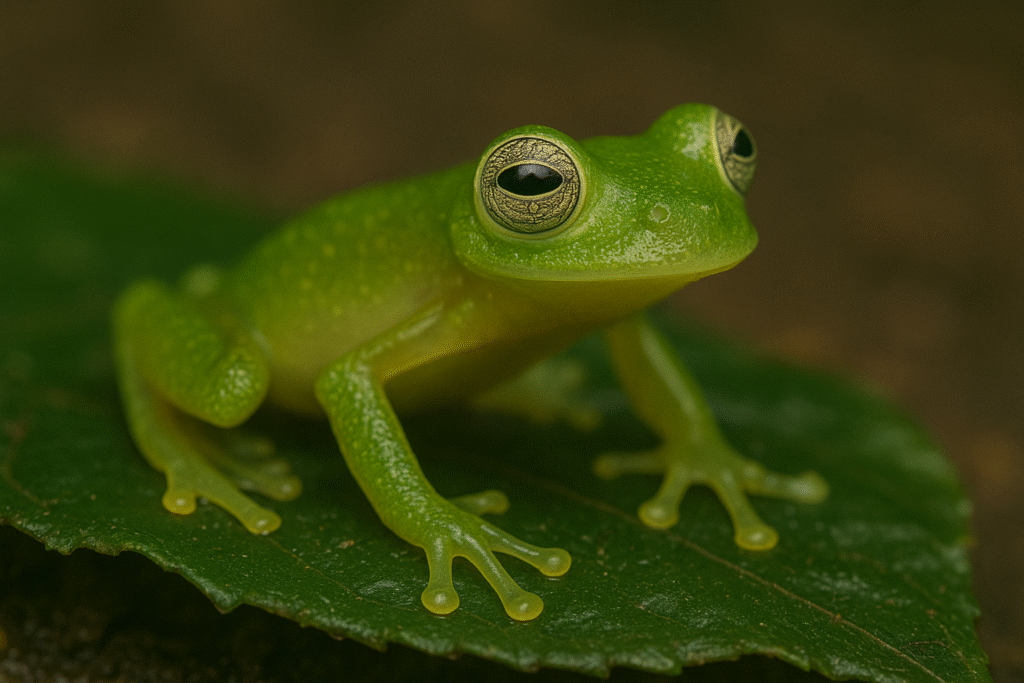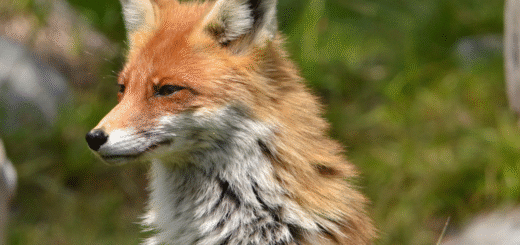Discover the Enchanting Glass Frog: Nature’s Living Jewel
When it comes to the world’s most fascinating creatures, the Glass Frog stands out as a true marvel of nature. With its transparent skin and delicate features, this little amphibian captures the imagination of scientists, photographers, and nature lovers alike. In this article, we dive deep into the world of the Glass Frog, exploring its habitat, unique characteristics, and why it’s so important to preserve these mesmerizing creatures.

What is a Glass Frog?
Glass Frogs belong to the family Centrolenidae and are native to the tropical rainforests of Central and South America. Their most defining feature? Their translucent skin, especially on the underside. Through it, you can actually see their organs — including the beating heart and tiny intestines! This extraordinary trait makes them one of the most unique amphibians on Earth.
Most Glass Frogs are small, measuring between 1.2 to 3 inches (3 to 7.5 cm) in length. Their backs are usually lime green, allowing them to blend perfectly with the leaves and trees they call home.
Where Do Glass Frogs Live?
Glass Frogs thrive in humid rainforests, typically near fast-moving streams. They are found across countries like:
- Costa Rica
- Panama
- Colombia
- Ecuador
- Venezuela
- Peru
These frogs prefer the high canopies and thick foliage where they can stay hidden from predators while keeping close to water sources essential for their survival and reproduction.
Fascinating Glass Frog Behavior
One of the most remarkable aspects of the Glass Frog’s life is its parental care. After mating, females lay their eggs on leaves that hang over rivers or streams. Once the eggs hatch, the tiny tadpoles drop into the water below. Some male Glass Frogs guard the eggs, protecting them from predators like insects and fungi, an unusual behavior in amphibians.
Glass Frogs are mostly nocturnal. During the night, they hunt for small insects like flies, spiders, and ants. Their transparency acts as natural camouflage, making it difficult for predators to spot them even under moonlight.
Why Are Glass Frogs Important?
Glass Frogs are indicators of a healthy ecosystem. Because they are sensitive to changes in their environment, a stable population of Glass Frogs often signals a well-balanced rainforest ecosystem. Unfortunately, habitat destruction, climate change, and pollution threaten their survival, making conservation efforts critical.
Fun Facts About the Glass Frog
- Not all Glass Frogs are fully transparent; some only have semi-translucent bellies.
- New species of Glass Frogs are still being discovered, some with even more pronounced transparent traits.
- In 2015, scientists discovered a new species (Hyalinobatrachium dianae) nicknamed the “Kermit Frog” due to its resemblance to the famous Muppet character!
Conservation of Glass Frogs
Many Glass Frog species are now listed as near threatened or endangered. Conservation programs focus on protecting rainforest habitats, monitoring populations, and educating local communities about the importance of amphibian biodiversity.
If we lose Glass Frogs, we don’t just lose an adorable and mysterious creature — we lose a critical piece of the rainforest ecosystem.
Final Thoughts
The Glass Frog is a tiny but powerful reminder of nature’s incredible creativity. Its see-through beauty, mysterious behaviors, and role in the ecosystem make it a creature worth celebrating and protecting. Whether you’re a biologist, a nature enthusiast, or simply someone who loves discovering the wonders of the animal kingdom, the Glass Frog is a species that deserves your attention.








